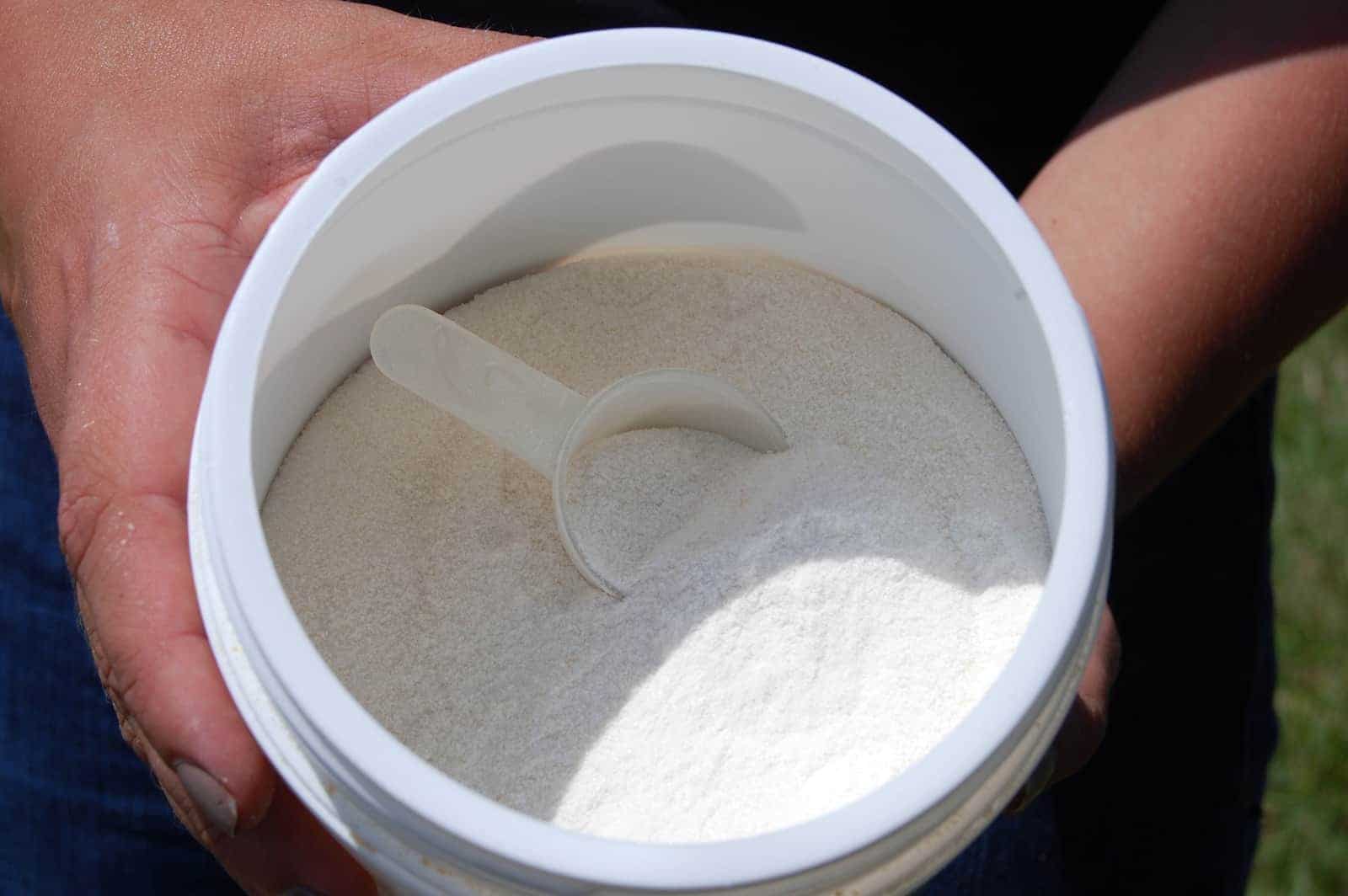What’s in Your Horse’s Joint Supplement?

A look at oral joint supplement ingredients that are backed by science
Can you name one of the most common causes of lameness in horses? If you said osteoarthritis (OA), you’re right. As common as it is, OA remains an incurable disease, and once it presents itself in a joint, there’s no going back.
Knowing this might cause you to sprint over to the supplement aisle of your local feed or tack store, only to be met with an overabundance of oral joint supplements, each label touting an ability to prevent or slow OA progression. But, believe it or not, most of these supplements’ ingredients have no scientific backing in horses, with label claims relying on data extrapolated from research performed in humans and other animals. So which oral joint ingredients do have published results specifically in horses? Let’s find out.
Glucosamine & Chondroitin Sulfate
Glucosamine is an amino monosaccharide (sugar attached to the amino acid glutamine). Chondroitin sulfate is a glycosaminoglycan (GAG), an important component of articular (joint) cartilage TheHorse.com is home to thousands of free articles about horse health care. In order to access some of our exclusive free content, you must be signed into TheHorse.com. Already have an account?Create a free account with TheHorse.com to view this content.
Start your free account today!
and continue reading.
Written by:
Kristen M. Janicki, MS, PAS
Related Articles
Stay on top of the most recent Horse Health news with















